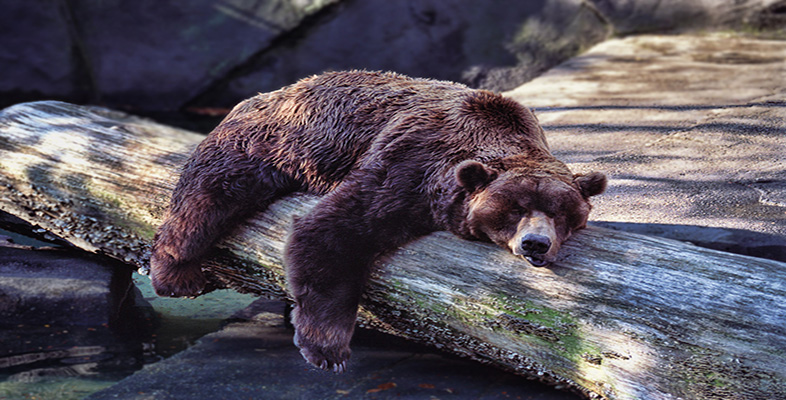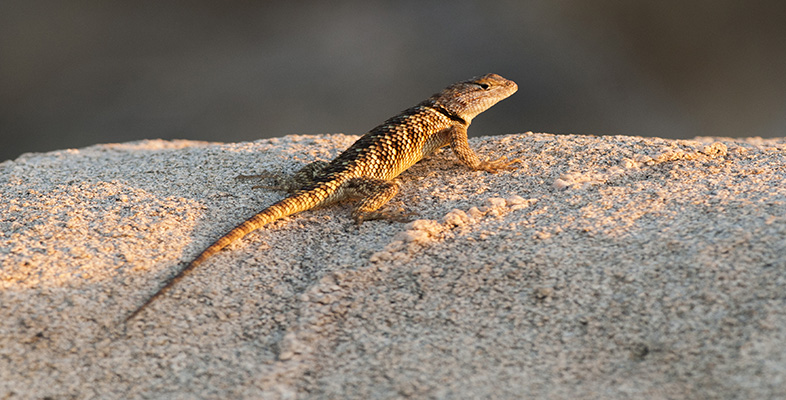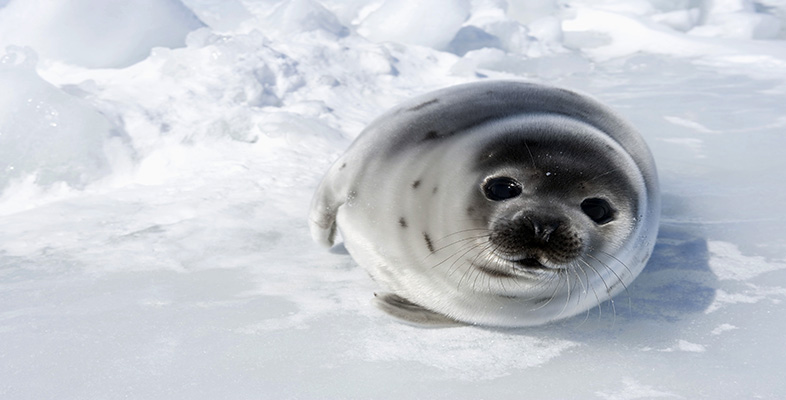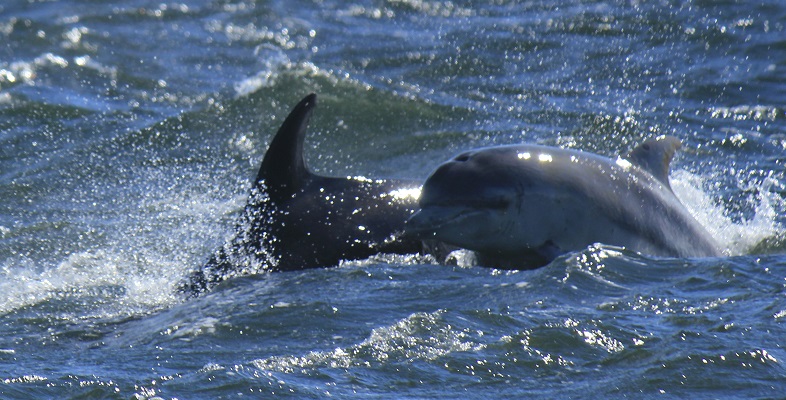Animals at the extremes: Hibernation and torpor
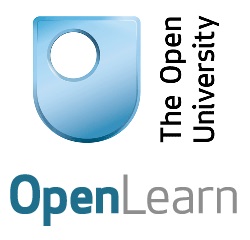
OpenLearn Review
Location
Online(Course Link)
Dates
On Demand
Course Categories
Math, Science and Engineering
Certficate
Yes(statement of participation)
Language
English
Course Fees
FreeNo. of Attendant
Unlimited
Acquired Skills/Covered Subjects
- give examples of the diversity of the major groups of mammals and birds that contain hibernating species,describe the physiological changes occurring during entry to hibernation and at least three of the cues that may trigger entry,present evidence to show that hibernating mammals and birds retain physiological control of their Tb.
| Provider Name | OpenLearn |
|---|---|
| Training Areas |
|
| Website | http://www.openuniversity.edu/ |
| About The Provider |
Since its launch in 2006, OpenLearn has become an integrated part of The Open University, with the site attracting more than 69 million visitors – many of which go on to make an enquiry about becoming a formal student, strengthening the journey between informal and formal learning. The OpenLearn team originate, commission and develop content that unites faculty and University priorities with areas of topical and general interest. This is in support of our own student population in their academic, skills and career and personal development (CPD) endeavours, delivering quality assets openly available for teaching and learning. OL deliver bite-sized learning experiences designed to fit easily into daily life, so whether you're a busy parent looking to get promoted at work, or back-packing across Africa and wanting to increase your learning, we are open with no requirements to access our free materials. Some of OL academic-led content includes: |
Hibernation is an ingenious adaptation that some animals employ to survive difficult conditions in winter. This free course, Animals at the extremes: Hibernation and torpor, examines the differences between hibernation and torpor, and discusses the characteristic signs of hibernation behaviour. It explores the triggers that bring on hibernation, and whether internal signals or external season cues are predominant. It also examines the physiological adaptations that occur in hibernating animals.

